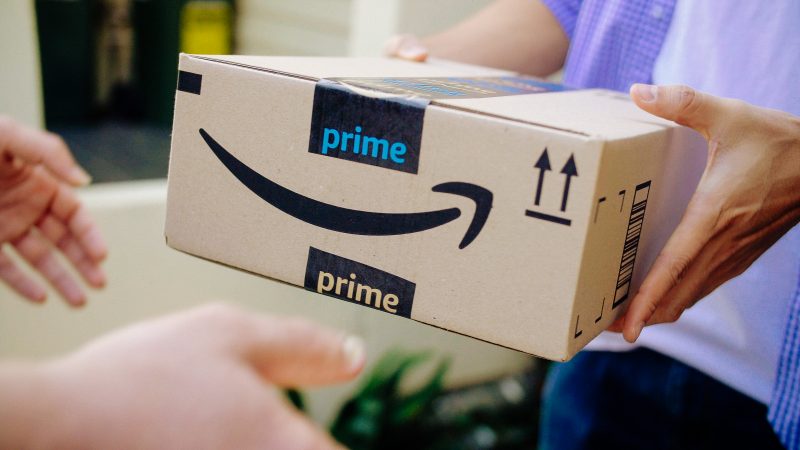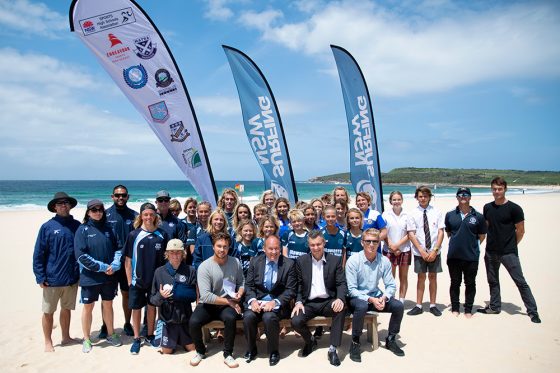Exclusive research by the Retail Doctor Group Consumer Insights Division September 2018 made available to readers of ASBMAG. If you like this post and support independent surf journalism and market research. Subscribe today.
Retail is being disrupted! and consequently consumer expectations are being reshaped.
Isn’t it fascinating that the world’s largest accommodation provider doesn’t own a room, or that the world’s largest retailer doesn’t own a shop (for the time being) and here we have the world largest taxi company that doesn’t own a taxi.
Based on a 30 day timeframe, 70% of Australians searched online for a product or service to purchase.
Online retail continues to grow in Australia with an estimated worth of $22.1 billion last year, a 7% increase on the year before. 40% of consumers used their phones last year to search for what they wanted, compared with 36% in 2014, according to research by Accenture.
New entrants are challenging traditional players and re-shaping consumer expectations causing disruption in the retail sector, playing on the gaps in the current market.
Meaning consumer understanding has never been more important
Amazon is changing the consumer landscape in the US with the purchase of Whole Foods, Amazon Prime and Alexa and has now reached Australia to challenge the retail Status Quo.
Since launching in December 2017 Amazon has increased its service offering adding;
- Music Unlimited,
- Amazon Echo (Its Artificial Intelligence home system, Alexa),
- Amazon Prime (a subscription service containing music, TV, games, books and unlimited deliveries for as low as $4.99 per month),
- Amazon Prime Day (One of its most successful prime day launches worldwide)
- Additional warehouses
Showing that they are here to stay and mean business.
In the last 12 months RDG Consumer insights division have conducted research into consumer and retailer behaviours both pre and post the launch of Amazon.
Utilising this research to understand consumers drivers, barriers and predicted behaviour we can assist retailers to improve their offering to build their consumer loyalty and engagement.
What did we learn?
- Pre-launch of Amazon 97% of retailers predicted that their consumers would start shopping on Amazon and 74% predicted their consumers would spend less with them however only 22% of consumers stated they would definitely start shopping on Amazon. Showing there is a big discrepancy in retailer consumer understanding.
- Amazon came from a strong start with 37% of consumers already shopping on Amazon for either books or via the American website.
- Since its launch consumer awareness of Amazon Australia has increased with 30% of Australian consumers having shopped on Amazon.com.au
- Post launch Amazons image took a drop with consumer perception of value for money, good quality and reliability dropping.
- Consumers were looking to Amazon to provide a wide rage, value for money, convenience, fast and efficient delivery.
- Brand trust was an issue for consumers, understanding how to build consumer trust with your brand is key.
- Amazons strategy is largely based around the Prime offering. Which is currently still confusing to consumers with 47% not knowing what Prime is.
- Some of Amazons key categories have seen significant success since the launch. Notably Electronics, Fashion, Accessories, Homewares and Toys. With Awareness and purchase increasing.
- Since Amazons launch 56% of retailers have changed the way they work most notably strategy development has increased showing the increased need to have a clear directional plan for your business and key steps to achieve this.
- There has been a positive effect of Amazon Australia launching with some retailers reporting an increase in online sales as a result coming from the changing behaviours of consumers.
So what can retailers do to compete?
Retail Doctor Groups Business Fitness™ Tips include;
- Understand your consumer – listen to them rather than company concerns
- Identify your consumer journey, map your consumer touchpoints and how you interact with them at each one and determine if this in inline with your strategic positioning and consumer needs.
- Predict your consumer behaviour rather than be reactive.
- Identify your brand strengths
- Understand your consumers desired retail experience.
- Build consumer trust in your brand.
For more please visit www.retaildoctor.com.au








